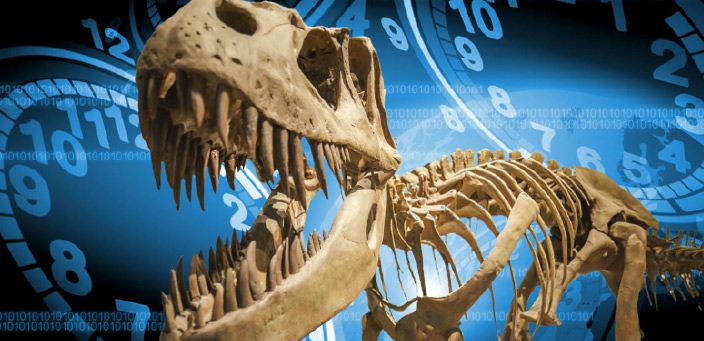Barney, the tour guide at the museum, explained that a dinosaur bone was one hundred million and five years old. When he was asked about the five extra years he explained, “It was a hundred million years old when I first started here.”
Clearly, the uncertainty of the bone’s age was more than five years. It is likely that the dating process is actually only accurate, at most, to a couple of thousand years. Adding the five extra years is like adding the volume of a glass of water to the estimated volume of the ocean.
In modern equipment, we are often misled by an instrument’s digital readout. While a digital display may be precise, that does not always guarantee accuracy. If you set your digital clock alarm for 7am, there is no guarantee you will be awakened at 7am. The alarm will go off at precisely what the clock thinks is 7am, but if you did not set the time accurately, you may be getting up later than you think.
Another common problem with digital displays is that the readability of an instrument is not always the same as the accuracy. Readability is the smallest amount of change that can be recorded in a measurement, regardless of accuracy or precision. The resolution (readability) of a pH meter’s digital readout may be four places past the decimal and show a reading of “4.5007”. This reading may not be correct because the actual method, standards, and electrode efficiency may not support this accuracy. If you added all the uncertainties together, you may find that the meter only supports an accuracy one place past the decimal instead of the four place resolution the meter prominently displays. This means you should report the “4.5007” reading as “4.5”. After all, we don’t want anyone to “pick a bone” with you over the 0.0007 you wrote down.

